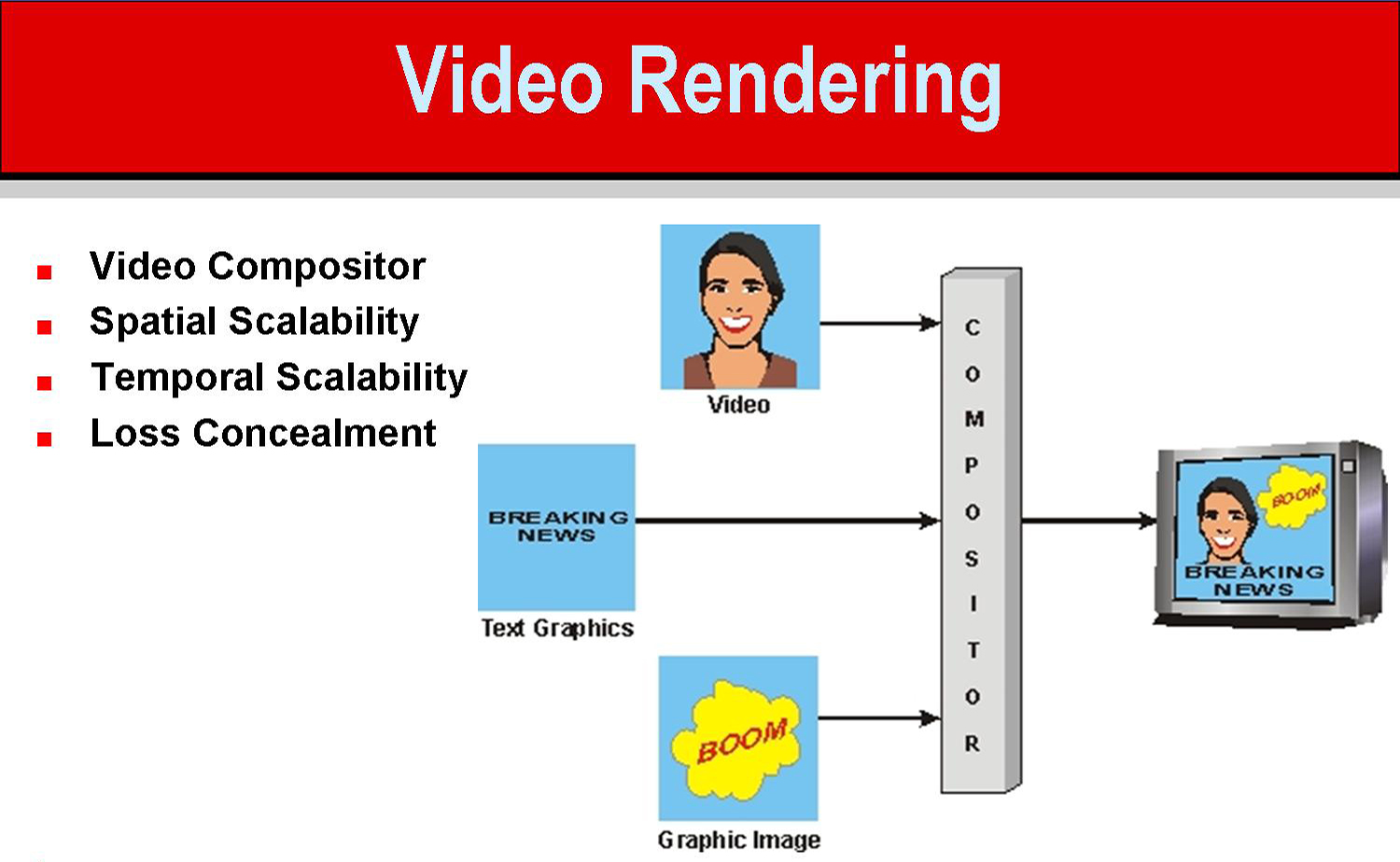28 Sep Timeframe Insights: Making ‘Small’ Video Changes

It is easier for a client to command for a change to be implemented whether small or big, without considering the rendering time. It doesn’t matter if you are using latest Final Cut, Avid, Premiere Pro, or whatever else is out there, the evils of rendering are not prejudiced. Rendering is one of the crucial and time consuming element in video editing, it can take hours to render just a simple 20 seconds video. What does really a small change mean in rendering, first of all you need to understand what does rendering entail.

What is rendering?
The computer needs to render each individual frame. Any time an editing software must perform more calculations than your computer can handle in real time, you need to render. Rendering is the process of creating temporary video and audio render files for segments of your sequence that editing software cannot play in real time. When you render a segment of your sequence, editing software substitutes a render file for the segment during playback. Render status bars above the ruler in the Timeline indicate which sections can play back in real time and which segments require rendering.
Because rendering takes time away from the editing process, the goal is to render as little as possible. For more information about real-time playback.
Rendering requires:
- The use of filters, transitions, generators, or any combination of effects that exceeds your computer’s real-time playback capabilities
- High-quality final output. Real-time effects that play back at preview quality must ultimately be rendered for high-quality video output.
- Video clips using codecs that Final Cut Pro can’t play in real time
- Multiple audio tracks that exceed your real-time playback limit
- Clips with audio effects that require too much processing power
- Some nested sequences, which can include layered Photoshop files

Frame rate
Frame rate translates to the number of still images that are projected in your video per second. The higher the frame rate, the smoother the motion in your video will be.Frame rate is technology that has adapted as television has evolved over the decades. If you have been unaware of frame rate up until this point, choosing a frame rate for your video from a list of varying numbers may seem daunting.Typically, in animation and film, the frame rate is clocked at 24 frames per second (fps). However, it is common now for digital cameras to record up to 60fps, and YouTube supports this frame rate. This frame rate is the new standard for high definition video.
Format
Just like image files, there are dozens of video formats to choose from when rendering your video file. You may have seen common file types including, ‘mp4’, ‘mov’, and ‘avi’ ect. The format will determine the rendering time, so it is important for the client to be specific of the format they want.
![]()
Client’s check list for rendering
Normally a client will be sent a first draft of the video which will be a low resolution video, were they can implement all the changes required. At this stage all changes will be made, second draft will be sent
to the client for approval and once it’s done the last stage is to render the final high resolution video. At this stage its crucial for the client give all the necessary information to speed up the rendering
process, mainly because the high res render will be time consuming. Here is what a client should consider when approaching the last stage of rendering.
- Format: the client should be specific of the format the video should be rendered in.
- Resolution: Will determine the final look of the video, whether it will be standard or HD
And this also will limit the size of the of the final video.
- Audio: At this stage selection of audio must be finalized as it will affect the whole video feel.
The more we know what rendering entails the better understand what is crucial when implementing changes and saving time. It doesn’t matter which fastest machine you using, rendering will always be a tedious time consuming process. It advisable for a client to have all checklist and changes implemented in the first draft before proceeding to last stage of rending a final product.

